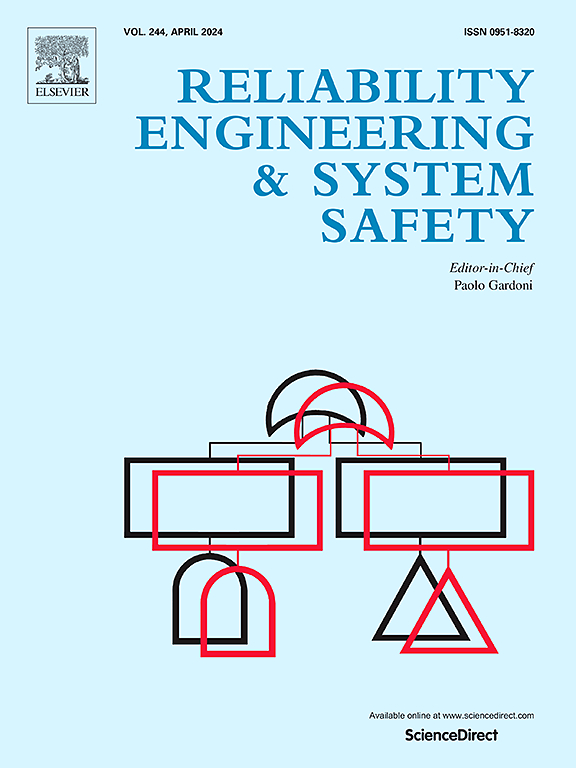Multi-perception graph convolutional tree-embedded network for aero-engine bearing health monitoring with unbalanced data
IF 9.4
1区 工程技术
Q1 ENGINEERING, INDUSTRIAL
引用次数: 0
Abstract
In engineering, severely unbalanced data from aero-engine bearings leads data-driven methods to favor normal samples and disorganize decision boundaries, triggering poor performance. Although graph networks alleviate negative impact of unbalanced samples, they have limitations on single information transmission and graph adaptive updating. As such, a multi-perception graph convolutional tree-embedded network (MPGCTN) is developed. First, a dual-channel feature graph construction method is designed to convert high-dimensional mappings into feature distance and feature dynamic graphs, boosting diverse fault information. Then, multi-scale Chebyshev graph convolutional layers with multi-perception learning are constructed as the backbone network, capturing special and shared information through discrepancy and similarity constraints. Furthermore, a tree embedded decision layer is proposed as the rebuilt output layer to gradually recognize fault locations and sizes. Finally, a triple-loss training strategy is developed to update the parameters of the MPGCTN for deep feature extraction and hierarchical decision. Experimental results of two aero-engine bearing datasets demonstrate that the MPGCTN attains the classification accuracy of 97.54 % and 98.04 % with an unbalanced ratio of 20:1, outperforming state-of-the-art methods. From the above results, the MPGCTN exhibits excellent accuracy in gradually determining fault types and severities of aero-engine bearings with unbalanced data, consistent with the fundamental principles of maintenance.
求助全文
约1分钟内获得全文
求助全文
来源期刊

Reliability Engineering & System Safety
管理科学-工程:工业
CiteScore
15.20
自引率
39.50%
发文量
621
审稿时长
67 days
期刊介绍:
Elsevier publishes Reliability Engineering & System Safety in association with the European Safety and Reliability Association and the Safety Engineering and Risk Analysis Division. The international journal is devoted to developing and applying methods to enhance the safety and reliability of complex technological systems, like nuclear power plants, chemical plants, hazardous waste facilities, space systems, offshore and maritime systems, transportation systems, constructed infrastructure, and manufacturing plants. The journal normally publishes only articles that involve the analysis of substantive problems related to the reliability of complex systems or present techniques and/or theoretical results that have a discernable relationship to the solution of such problems. An important aim is to balance academic material and practical applications.
 求助内容:
求助内容: 应助结果提醒方式:
应助结果提醒方式:


